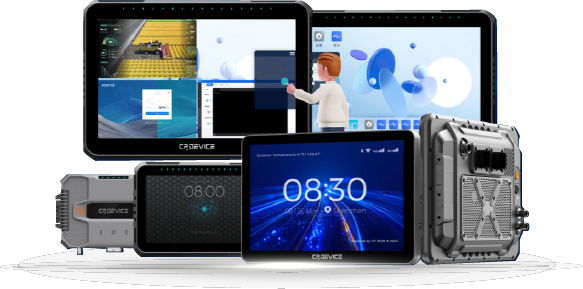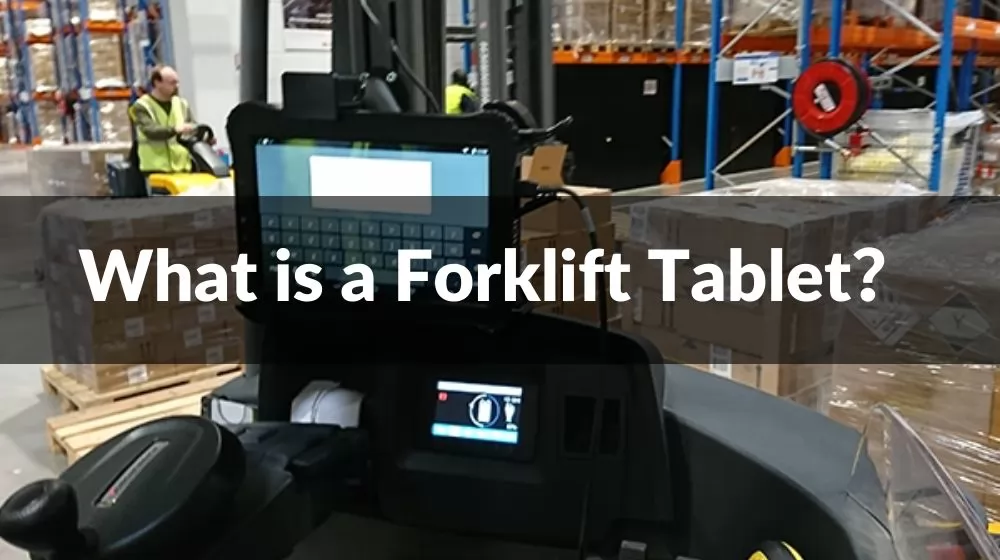
Table of contents:
Forklift Tablet is a smart device widely used in warehousing and logistics industry. With the continuous advancement of technology and the development of industrial intelligence, forklift tablet computers have gradually become an indispensable tool in modern logistics operations. It integrates advanced technologies and functions to provide forklift operators and warehouse managers with more efficient, precise and smarter operation solutions. This article will introduce the characteristics, application fields and advantages of the forklift tablet computer in industry and manufacturing, so as to help readers gain a deeper understanding of this important tool that benefits the logistics industry a lot.
The Forklift Tablet is a device specially designed for forklift operations or the warehousing industry. It combines the portability of a tablet with the power of a forklift and is designed to increase the efficiency and precision of warehouse and logistics operations. This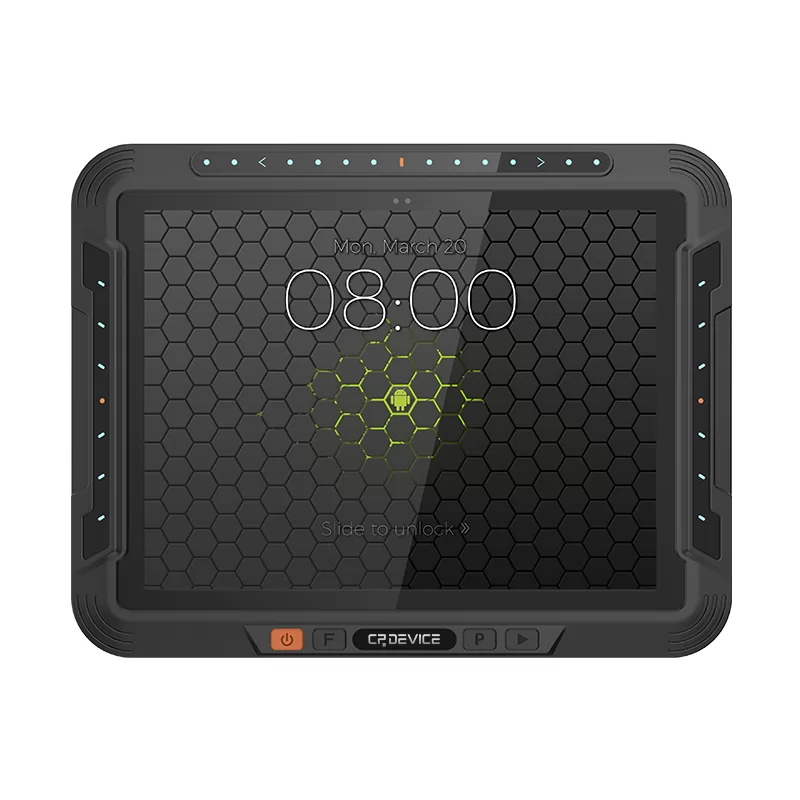 equipment is usually equipped with specific software and functions to meet the needs of warehouse management and logistics operations. It can be used to track and manage inventory, record the movement of goods, perform tasks such as order picking and loading and unloading.
equipment is usually equipped with specific software and functions to meet the needs of warehouse management and logistics operations. It can be used to track and manage inventory, record the movement of goods, perform tasks such as order picking and loading and unloading.
The Forklift Tablet is usually designed with use in complex warehouse environments in mind, and it may have features such as dustproof, waterproof, and shockproof to ensure reliable operation in harsh conditions. These forklift tablets are gaining popularity in the modern logistics industry because of their ability to increase productivity, reduce errors, and help warehousing and logistics businesses better manage their operations.
The origin of Forklift Tablet can be traced back to the extensive application of information technology in the logistics industry in recent years. With the increasing trend of electronization and automation, traditional logistics operations need more efficient and accurate solutions, and forklift tablet computers have emerged as the times require.
In the past, warehousing and logistics operations usually relied on paper records, manual searches, and manually operated forklifts. This method is prone to errors, low efficiency, and it is not convenient for real-time monitoring and data analysis of the logistics process.
With the continuous advancement of science and technology, the application of informatization and Internet of Things technology has promoted the development of forklift tablet computers. Combining the portability and functionality of a tablet with the integration with forklift systems, these devices are revolutionizing the warehousing and logistics industry.
The earliest forklift tablets were probably made possible by mounting a normal tablet on a conventional forklift. However, with the continuous in-depth understanding of the specific needs of the industry, customized forklift tablets specially designed for forklift operation and logistics environments are gradually emerging. These devices are optimized in both hardware and software to adapt to complex warehouse environments and diverse logistics tasks.
Modern forklift tablets are usually equipped with features such as advanced barcode scanning, RFID technology, wireless communication, data collection, and cloud connectivity, enabling them to acquire and transmit cargo information in real time and closely integrate with warehouse management systems. This highly integrated design makes the forklift tablet an important tool in the logistics industry, greatly improving operational efficiency, reducing errors, and providing more accurate and real-time data support for warehouse management.
Cargo Tracking and Management: Forklift tablets are equipped with barcode scanning capabilities or RFID technology to track the location and status of cargo. By scanning the barcode or RFID label on the goods, the system can accurately record the information of the goods in and out of the warehouse and the storage location.
Order picking and distribution: The relevant warehouse management software is pre-installed on the tablet, which can display a list of orders and picking tasks. Workers can use forklifts to quickly and accurately pick and deliver goods according to instructions.
Real-time data collection: The forklift tablet computer is connected with the warehouse management system through wireless communication technology, which can collect and transmit data in real time. In this way, managers can keep abreast of the operation of the warehouse and the inventory of goods.
Path optimization and navigation: Some forklift tablet computers are equipped with GPS navigation function, which can provide optimal path planning for forklift drivers, reduce idling and time waste, and improve work efficiency.
Safety and Operational Monitoring: The tablet may have cameras and sensors on it to monitor forklift operation and the work environment. This increases operational safety and enables traceability and accident analysis if required.
Data analysis and reporting: Forklift tablets are able to collect a large amount of operational data, which can be used by managers for analysis and report generation to optimize warehouse operations and management decisions.
Networked communication and collaboration: The tablet computer of the forklift is connected through the Internet and can exchange data and collaborate with other devices and systems. In this way, all links in the warehouse can coordinate and cooperate more efficiently.
Compared with the traditional forklift operation, the forklift tablet computer has a higher degree of automation and informationization. Traditional forklift operations usually require manual recording and processing of data, while forklift tablets are equipped with data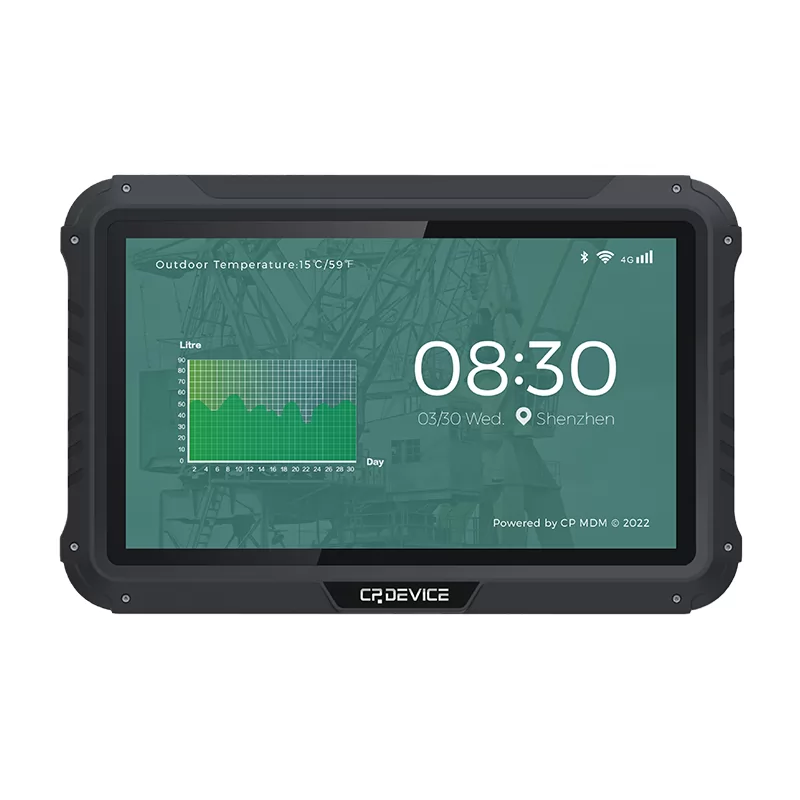 acquisition functions and warehouse management software that enable real-time data transmission and processing. In addition, the forklift tablet computer provides accurate path planning through the GPS navigation system, optimizes the driving route, and at the same time assigns tasks to the driver in real time, and makes reasonable adjustments to the task priority. In addition, the forklift tablet computer can also realize cargo tracking and inventory management through barcode scanning and RFID technology, and automatically update inventory information, reducing the time and error rate of manual operations. Most importantly, the forklift tablet is able to collect a large amount of operational data, providing managers with more accurate data analysis and reporting to help them make more informed decisions.
acquisition functions and warehouse management software that enable real-time data transmission and processing. In addition, the forklift tablet computer provides accurate path planning through the GPS navigation system, optimizes the driving route, and at the same time assigns tasks to the driver in real time, and makes reasonable adjustments to the task priority. In addition, the forklift tablet computer can also realize cargo tracking and inventory management through barcode scanning and RFID technology, and automatically update inventory information, reducing the time and error rate of manual operations. Most importantly, the forklift tablet is able to collect a large amount of operational data, providing managers with more accurate data analysis and reporting to help them make more informed decisions.
Forklift Tablets need to be used in harsh warehousing and logistics environments, so they are designed with ruggedness and durability in mind. Usually dustproof, waterproof and shockproof design to meet the challenges of various working conditions.
The forklift tablet needs to run stably in a high-frequency working environment, so its hardware and software have been strictly tested and optimized to ensure its stability and reliability, so as to prevent the work process from being affected by failure or system crash.
The appearance of the forklift tablet is usually simple and exquisite, which is easy to operate and clean. The tablet shape and lightweight design make it easy to carry and use.
In order to facilitate the operator to view information and data, the forklift tablet is usually equipped with a large touch-screen display, providing a clear interface and operating experience.
The forklift tablet can be installed flexibly and variously, and can be fixed on the forklift through different brackets or mounting methods to ensure stability and reliability during work.
The forklift tablet is equipped with data collection functions such as barcode scanners and RFID readers, which can obtain real-time cargo and inventory information and improve the efficiency and accuracy of data collection.
The forklift tablet usually supports wireless communication technology, and can be connected to the warehouse management system or other devices through Wi-Fi or Bluetooth to realize data transmission and information exchange.
In order to ensure the efficient operation of the forklift tablet and process a large amount of data, it is usually equipped with a high-performance processor and sufficient memory.
The forklift tablet can track the location and status of the cargo in real time through barcode scanning or RFID technology. Automatically record and update inventory information when goods enter and leave the warehouse, improving the accuracy and efficiency of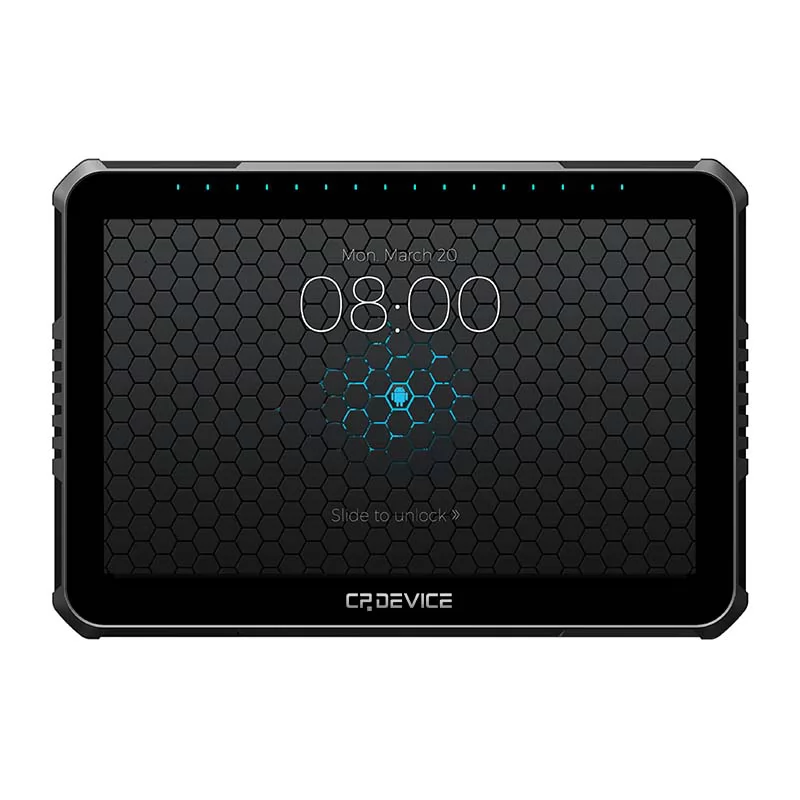 goods tracking and inventory management.
goods tracking and inventory management.
Warehouse management software preloaded on the tablet guides the forklift driver through order picking and delivery tasks. According to the task list on the tablet computer, the driver picks the goods quickly and accurately according to the instructions, which improves the picking speed and accuracy.
The forklift tablet is equipped with a data collection function, which can collect cargo information and operational data in real time. Through wireless communication technology, these data can be transmitted to the warehouse management system in real time, providing timely data support for managers. The GPS navigation function on the tablet can provide forklift drivers with optimal route planning, avoid congestion and waste, and improve transportation efficiency.
The warehouse management system can directly assign tasks to the forklift tablet computer, avoiding information transmission errors that may be caused by verbal assignments, and improving the assignment and execution efficiency of job tasks.
The tablet may have cameras and sensors on it to monitor the forklift operation and work environment. This contributes to increased operational safety and, where required, traceability and accident analysis. The vast amount of operational data collected by the forklift tablet can be used for data analysis and report generation. This helps managers better understand warehousing and logistics operations and make smarter decisions.
As an important part of warehouse intelligence, the forklift tablet computer makes the entire warehouse operation process more efficient, accurate and intelligent.
Material handling and management: In industry and manufacturing, forklift tablets are used for material handling and management. It can track the location of raw materials and finished products in real time, helping workers and forklift drivers to accurately and quickly transport materials from the production line to designated locations, improving the efficiency of material management.
Production line coordination and scheduling: Forklift tablet computers can help production line coordination and task scheduling through warehouse management software. It can assign forklift drivers to a specific production line, optimize the transportation path, and conduct timely scheduling according to the production schedule to ensure the smooth operation of the production line.
Inventory management and optimization: The forklift tablet computer can record the incoming and outgoing information of raw materials and finished products in real time, and automatically update the inventory data. Through data analysis, managers can understand inventory status, optimize inventory management strategies, and avoid excess or shortage situations.
Loading, unloading and sorting: Forklift tablet PCs can guide forklift drivers in loading, unloading and sorting operations. It can display the detailed information and destination of the goods, help drivers complete loading and unloading and sorting tasks accurately, and improve loading and unloading efficiency.
Equipment maintenance and maintenance: Forklift tablet computers can be used to record equipment maintenance and maintenance information, including maintenance time, maintenance content, etc. This can help enterprises plan equipment maintenance and analyze failures, and improve the reliability and service life of equipment.
Job safety and monitoring: Forklift tablets may be equipped with cameras and sensors to monitor forklift operation and the work environment. This contributes to increased operational safety and, where required, traceability and accident analysis to ensure a safe workplace.
Production data collection and analysis: Forklift tablet computers can collect production data in real time, including production quantity and completion time. Through data analysis, managers can understand production efficiency, find problems in time and make improvements.
Forklift tablets have multiple use cases in industry and manufacturing, bringing greater efficiency and intelligence to production and logistics processes. Here are some key application scenarios for forklift tablets in industry and manufacturing:
In industry and manufacturing, forklift tablets are used for material handling and management. It can track the location of raw materials and finished products in real time, helping workers and forklift drivers to accurately and quickly transport materials from the production line to designated locations, improving the efficiency of material management.
Forklift tablet computers can help production line coordination and task scheduling through warehouse management software. It can assign forklift drivers to a specific production line, optimize the transportation path, and conduct timely scheduling according to the production schedule to ensure the smooth operation of the production line.
The forklift tablet computer can record the incoming and outgoing information of raw materials and finished products in real time, and automatically update the inventory data. Through data analysis, managers can understand inventory status, optimize inventory management strategies, and avoid excess or shortage situations.
Forklift tablet PCs can guide forklift drivers in loading, unloading and sorting operations. It can display the detailed information and destination of the goods, help drivers complete loading and unloading and sorting tasks accurately, and improve loading and unloading efficiency.
Forklift tablet computers can be used to record equipment maintenance and maintenance information, including maintenance time, maintenance content, etc. This can help enterprises plan equipment maintenance and analyze failures, and improve the reliability and service life of equipment.
Forklift tablets may be equipped with cameras and sensors to monitor forklift operation and the work environment. This contributes to increased operational safety and, where required, traceability and accident analysis to ensure a safe workplace.
Forklift tablet computers can collect production data in real time, including production quantity and completion time. Through data analysis, managers can understand production efficiency, find problems in time and make improvements.
Consider the application scenario: First, consider the application scenario and usage environment of the forklift tablet computer. Different industries and working environments may require different functions and features, such as dustproof, waterproof,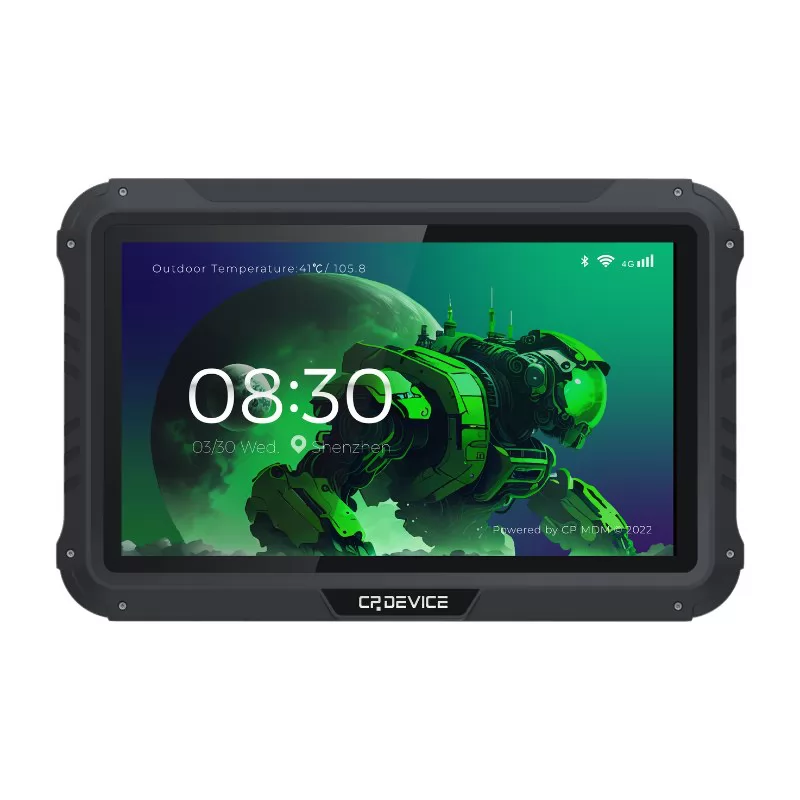 shockproof and other performance.
shockproof and other performance.
Consider function and performance: According to the actual needs of the enterprise, choose a forklift tablet with the necessary functions and performance. For example, whether barcode scanning function, GPS navigation, wireless communication, etc. are required, and whether the processor performance and storage capacity are sufficient to meet business needs.
System compatibility: ensure that the operating system of the forklift tablet is compatible with the company's existing warehouse management system or other software, so as to achieve smooth data transmission and collaborative work.
Durability and Stability: Choose a forklift tablet with good durability and stability to ensure long-term reliable operation in the work environment.
Human-computer interaction experience: Consider the interface design and ease of use of tablet computers, choose devices that are easy to operate and easy to use, and reduce training costs and operational difficulties.
Battery life: Forklift tablets usually need to be used for a long time during work, so battery life is very important. Choose a device with a longer battery life to reduce the trouble of frequent charging.
Brand and after-sales service: Choose a well-known brand forklift tablet, which will have better quality assurance and after-sales service support, and ensure timely response to equipment maintenance and upgrades.
User Testimonials and Feedback: Knowing what other users have said and experienced with your Forklift Tablet can help you make a more informed choice.
Price and cost-effectiveness: Finally, it is necessary to comprehensively consider the balance between the price and performance of forklift tablet computers, and choose devices with higher cost performance.
Dustproof and waterproof protection: Forklift tablets are usually used in storage and logistics environments. Pay attention to maintaining the dustproof and waterproof performance of the equipment to prevent dust and moisture from entering the equipment and affecting normal use.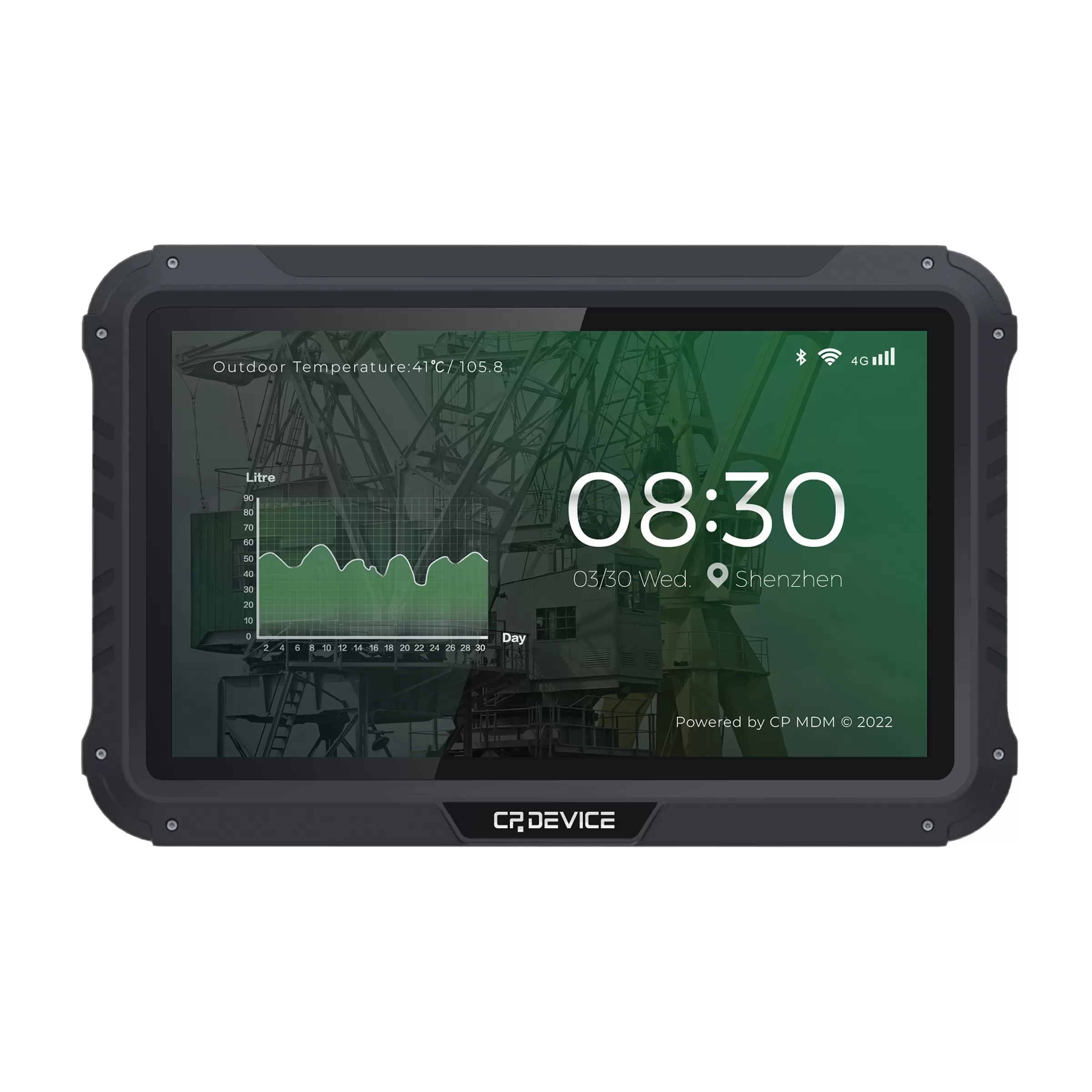
Handle with care: When using a forklift tablet, handle it with care to avoid dropping or bumping the device to avoid damage to the device.
Touch screen operation: The operation of the forklift tablet is mainly carried out through the touch screen. Pay attention to keep the screen clean to avoid oil or dust from affecting the operating experience.
Regular charging: Before using the forklift tablet, ensure that the battery is sufficient to avoid interruption of work due to insufficient power. At the same time, charge regularly to ensure the stable operation of the device.
Software update: Update the operating system and software of the forklift tablet in time to obtain the latest functions and performance optimizations to ensure the stability and security of the equipment.
Data backup: Important data and information should be backed up regularly to prevent data loss caused by data loss or equipment failure.
Operation safety: When using a forklift tablet computer, pay attention to safe operation, abide by relevant safety regulations, and ensure that the use of the forklift tablet computer does not affect the forklift driver's sight and operation.
Training and proficiency in operation: The staff who use the forklift tablet computer should receive relevant training to master the operation skills of the equipment proficiently, so as to improve the efficiency and accuracy of use.
Maintenance: Regularly maintain and maintain the forklift tablet computer, including cleaning, checking the hardware status, replacing the battery, etc., to ensure the long-term stable operation of the equipment.
Repair faults in time: If any abnormality or fault is found in the equipment, the maintenance personnel should be notified in time to repair it, so as to avoid the expansion of the problem and affect the work progress.
The forklift tablet is a smart device leading modernization in the warehousing and logistics industry. Its appearance has brought revolutionary changes to traditional forklift operations, realizing automatic data recording and processing, real-time monitoring and navigation, task assignment and optimization, cargo tracking and inventory management, as well as many functions such as data analysis and decision support. If necessary, please feel free to contact CPDEVICE!


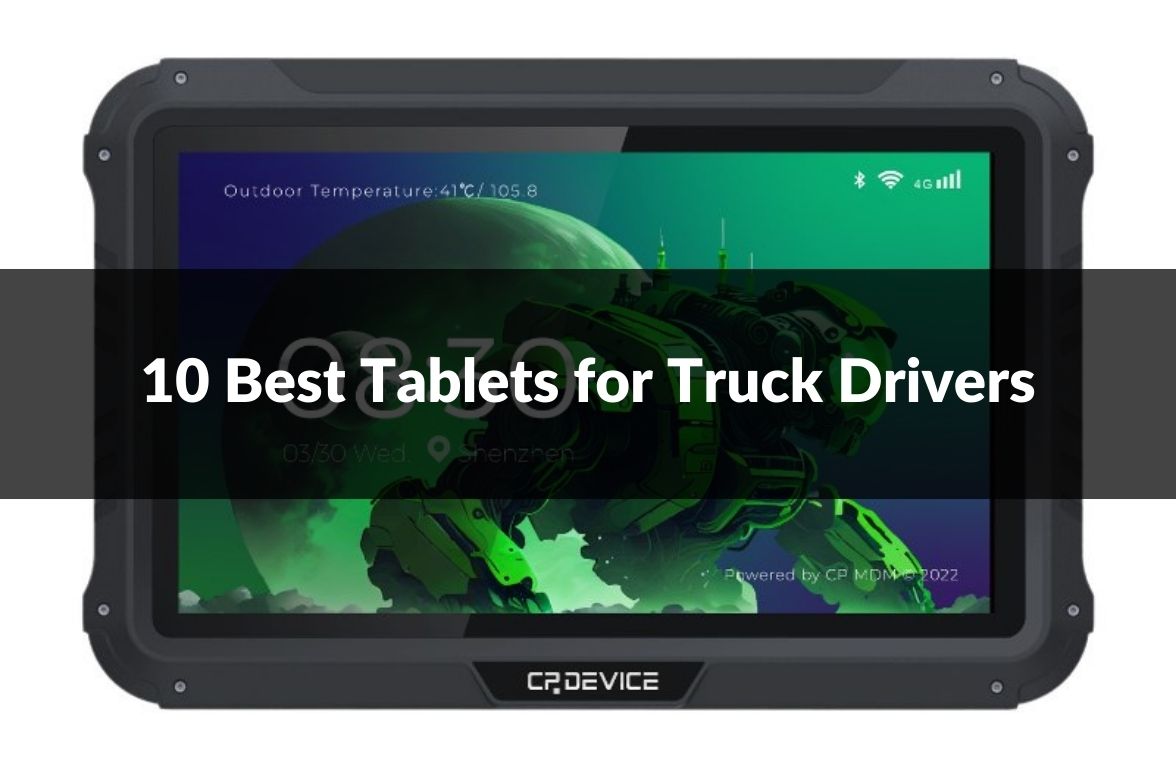
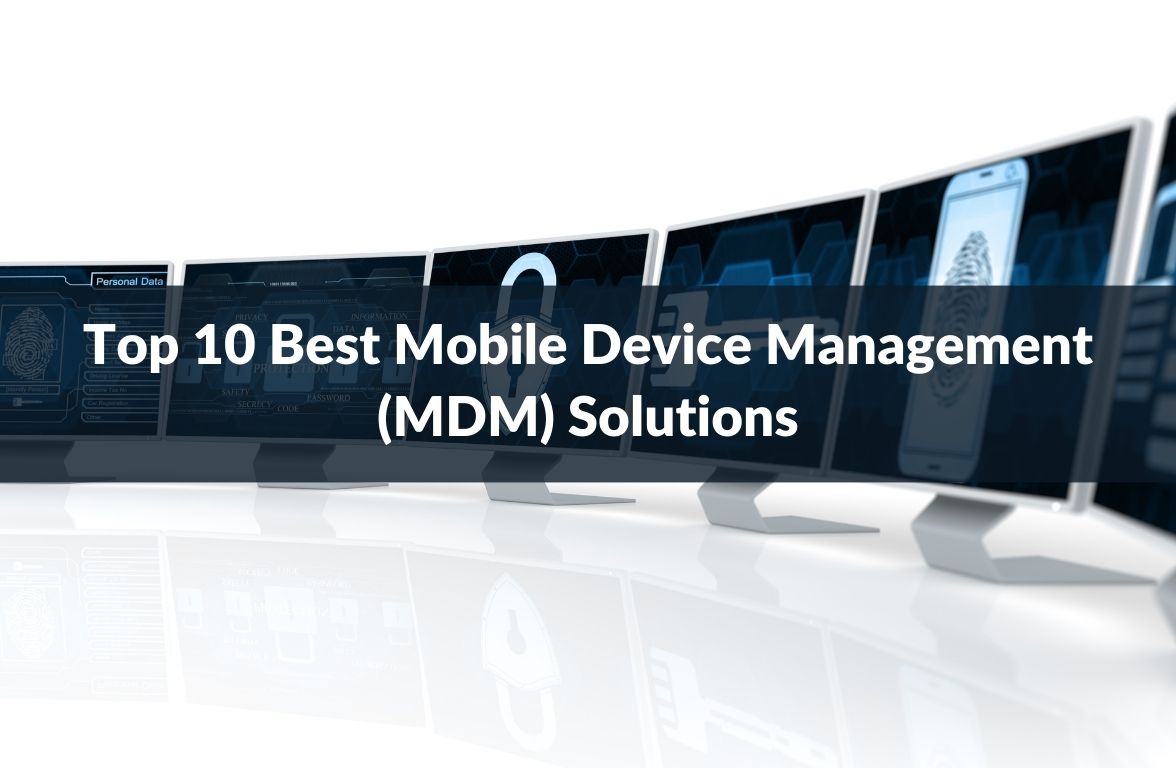
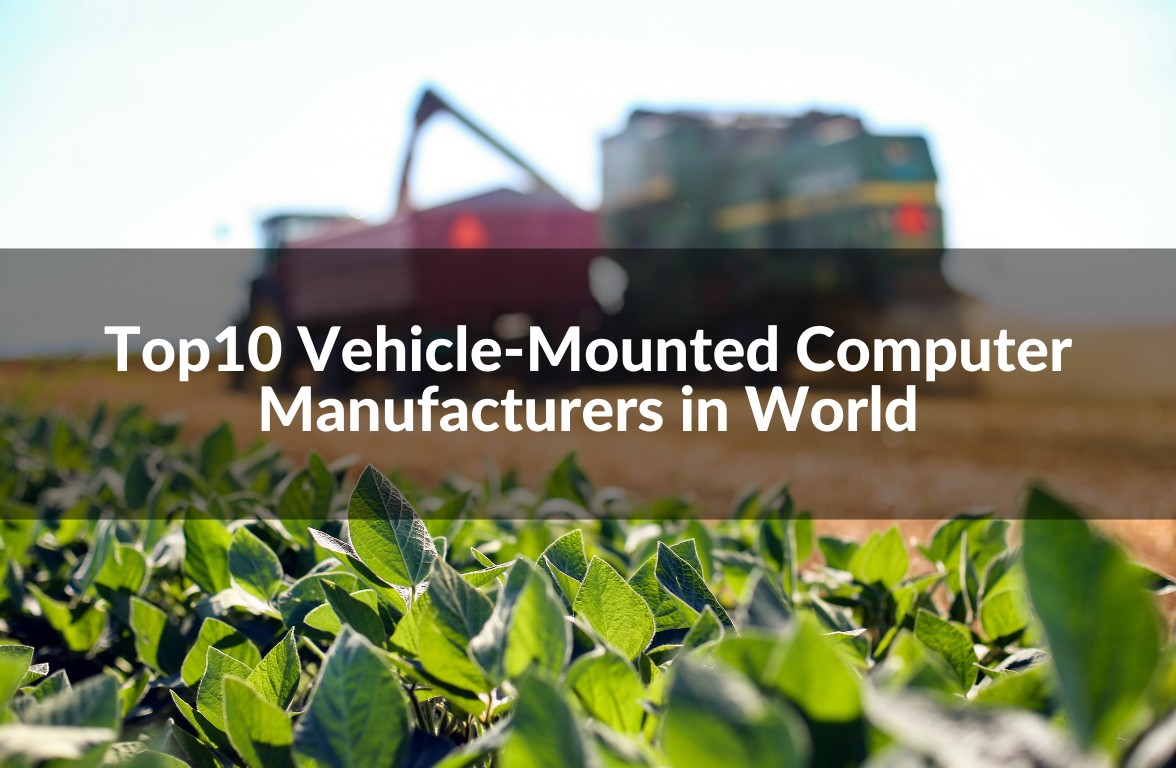


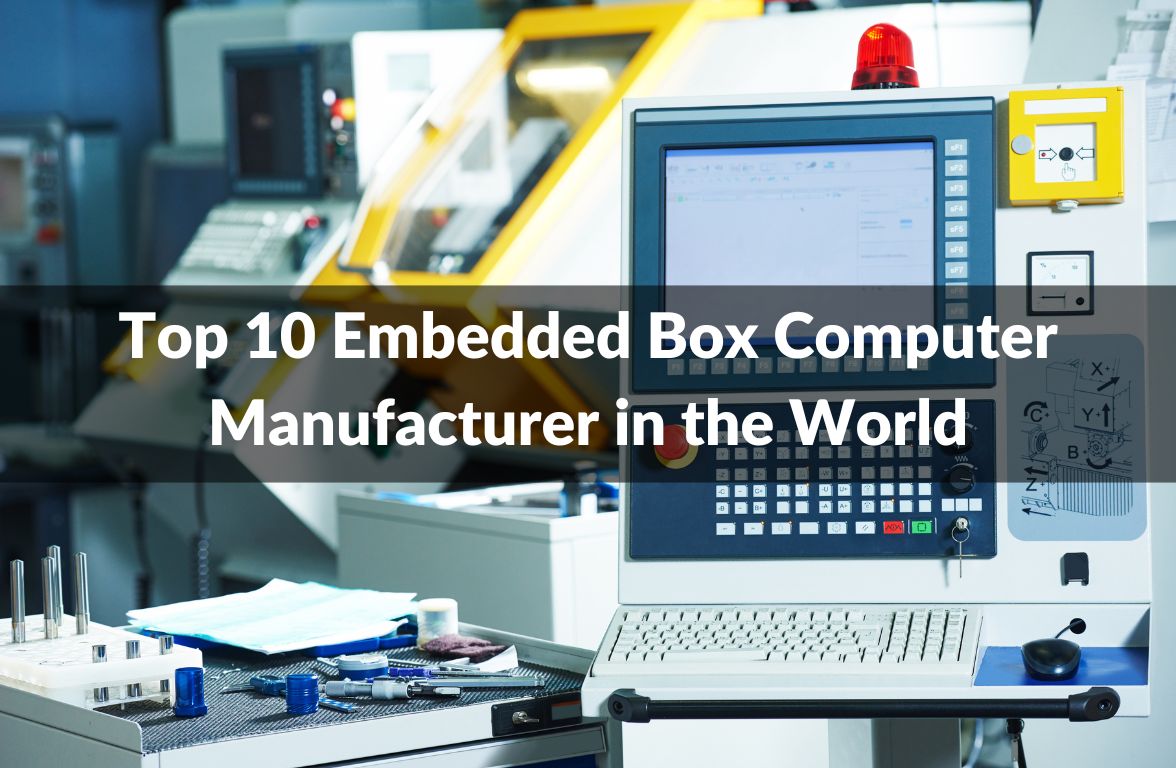
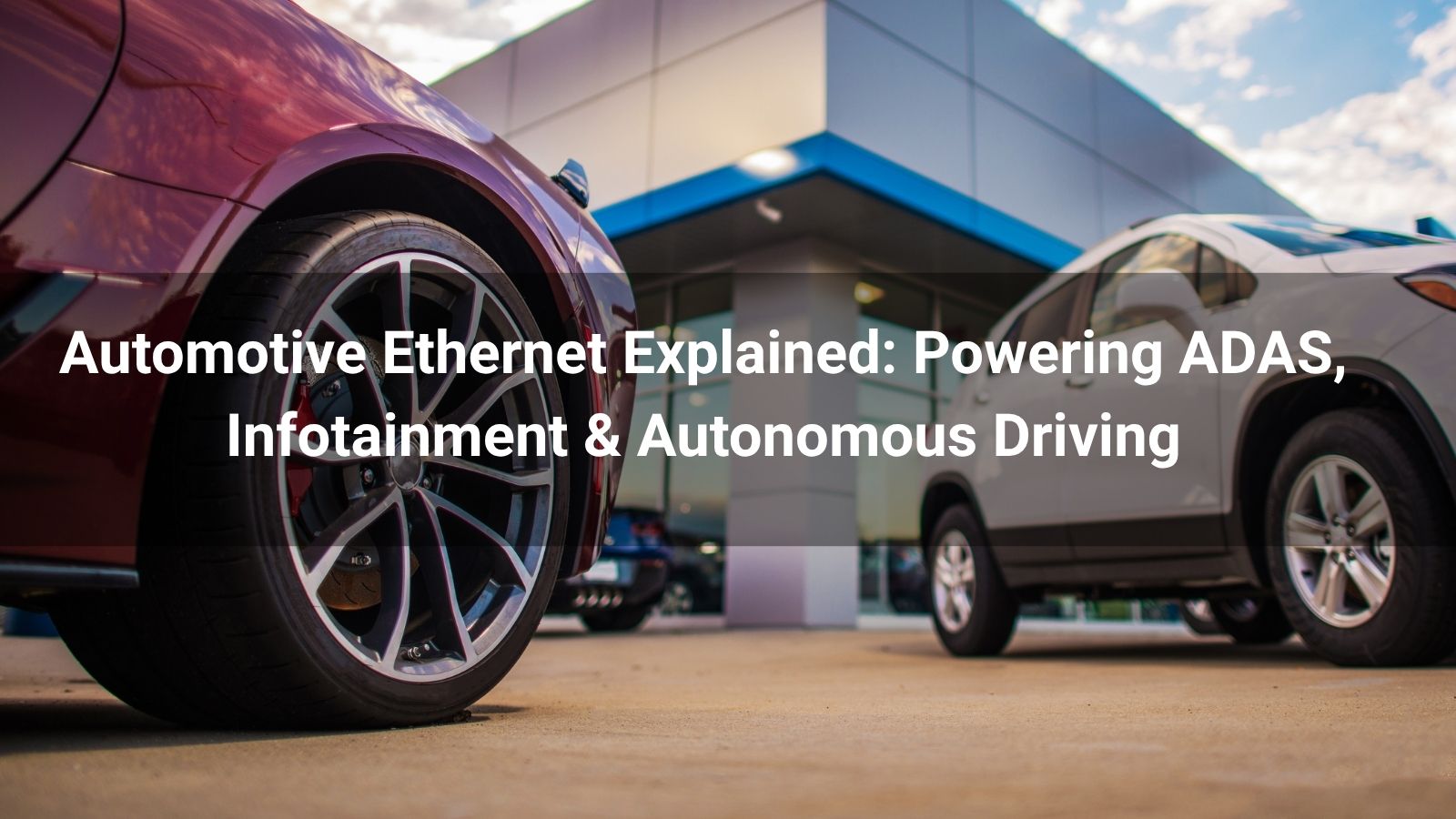

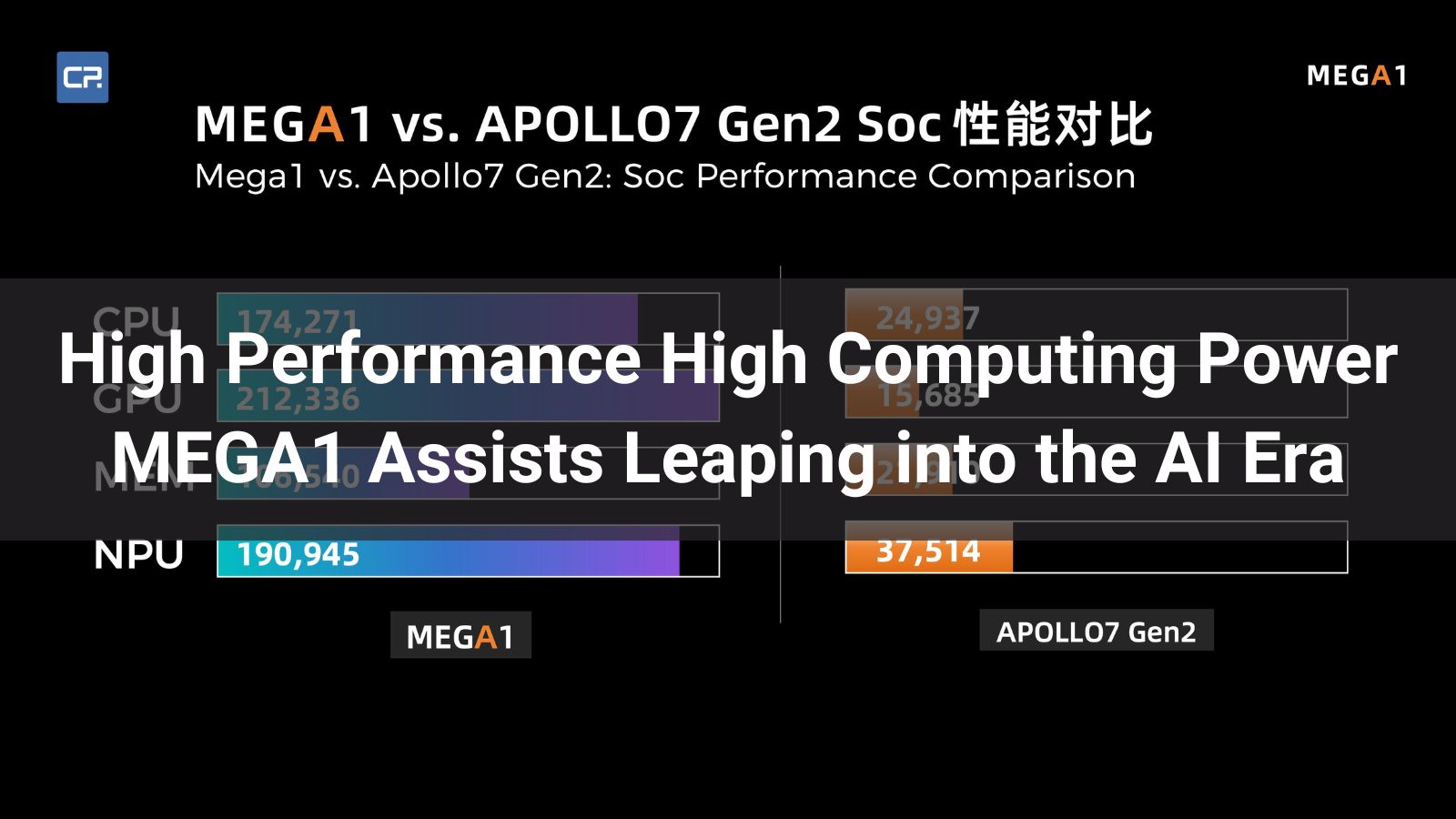





*We respect your confidentiality and all information are protected.

Whether you are looking for a rugged device that can handle extreme cold or heat, a compact device that can fit in tight spaces, or a versatile device that can support multiple applications and accessories, you will find the right solution among these top 10 vehicle mounted computer manufacturers.

This article dives deep into Automotive Ethernet, exploring its origins, technical prowess, and real-world applications. We'll also spotlight how platforms like CPDEVICE are democratizing access to this technology, empowering developers and businesses to harness its potential.

